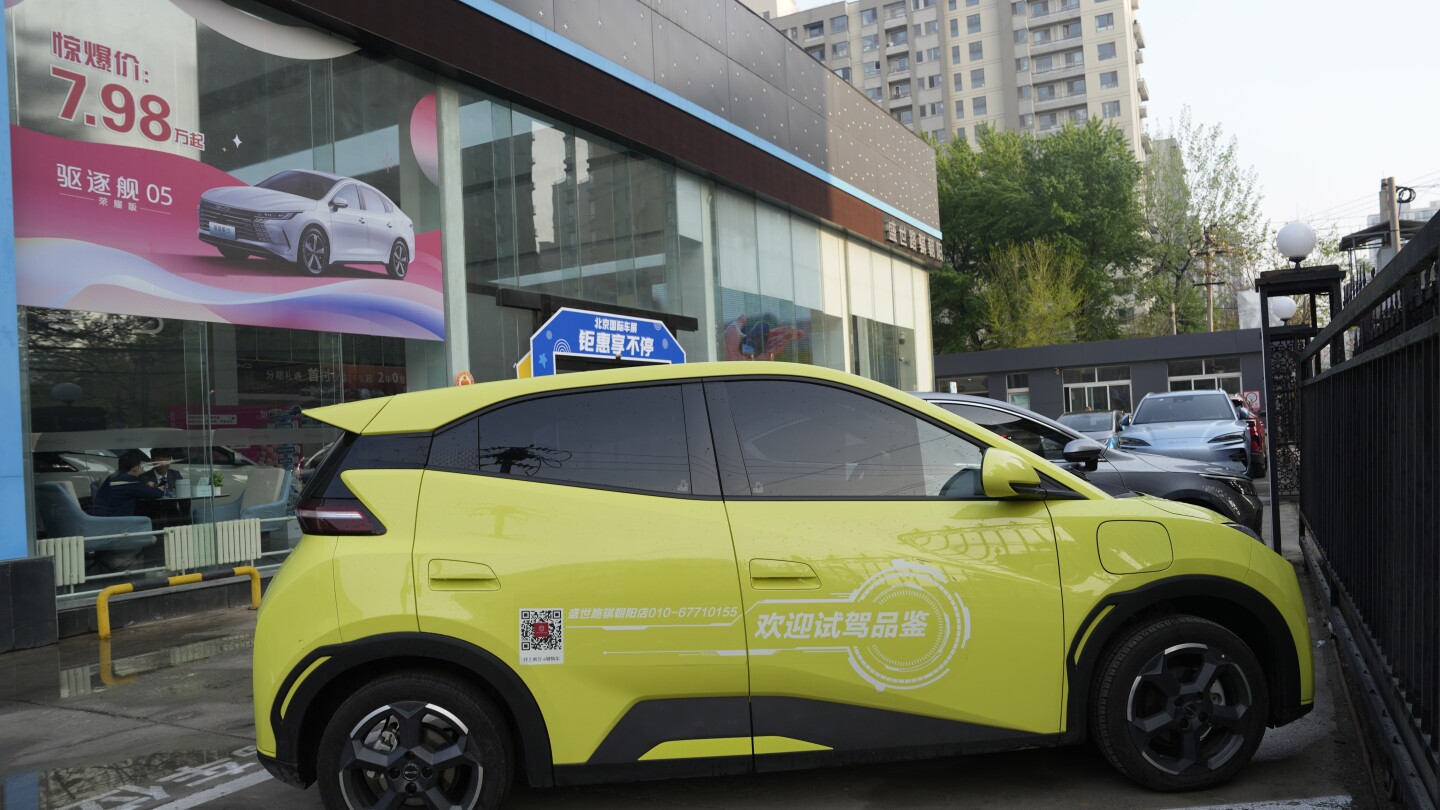A tiny, low-priced electric car called the Seagull has American automakers and politicians trembling.
The car, launched last year by Chinese automaker BYD, sells for around $12,000 in China, but drives well and is put together with craftsmanship that rivals U.S.-made electric vehicles that cost three times as much. A shorter-range version costs under $10,000.
Tariffs on imported Chinese vehicles probably will keep the Seagull away from America’s shores for now, and it likely would sell for more than 12 grand if imported.
But the rapid emergence of low-priced EVs from China could shake up the global auto industry in ways not seen since Japanese makers exploded on the scene during the oil crises of the 1970s. BYD, which stands for “Build Your Dreams,” could be a nightmare for the U.S. auto industry.
“Any car company that’s not paying attention to them as a competitor is going to be lost when they hit their market,” said Sam Fiorani, a vice president at AutoForecast Solutions near Philadelphia. “BYD’s entry into the U.S. market isn’t an if. It’s a when.”



I drive a 22 year old car that doesn’t even have ABS. Car tech peaked with OBBD2 for me.
My son refuses to buy a new vehicle. He says the old ones run better and he’s able to fix them himself, which offsets the cost of maintaining any new vehicle.
I refuse as well, and will continue to refuse, at least until my 1997 and 2005 vehicles can no longer be repaired for some reason. I’d love some EV tech but the idea of driving a Big Brother vehicle that’s fender-to-fender loaded with spyware and “features” that can only be enabled via subscriptions is horrifying and dystopian. Also forget all the Big Screen distractions inside and all the self-driving antifeatures. At least 1/2 of my driving is done for pleasure and I expect to be focusing on the road and what’s happening around me.